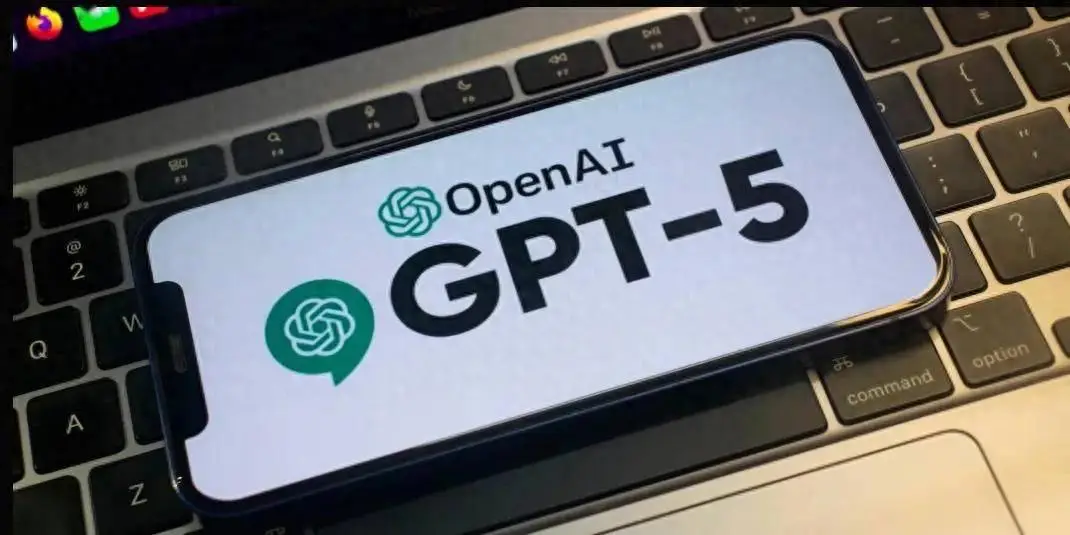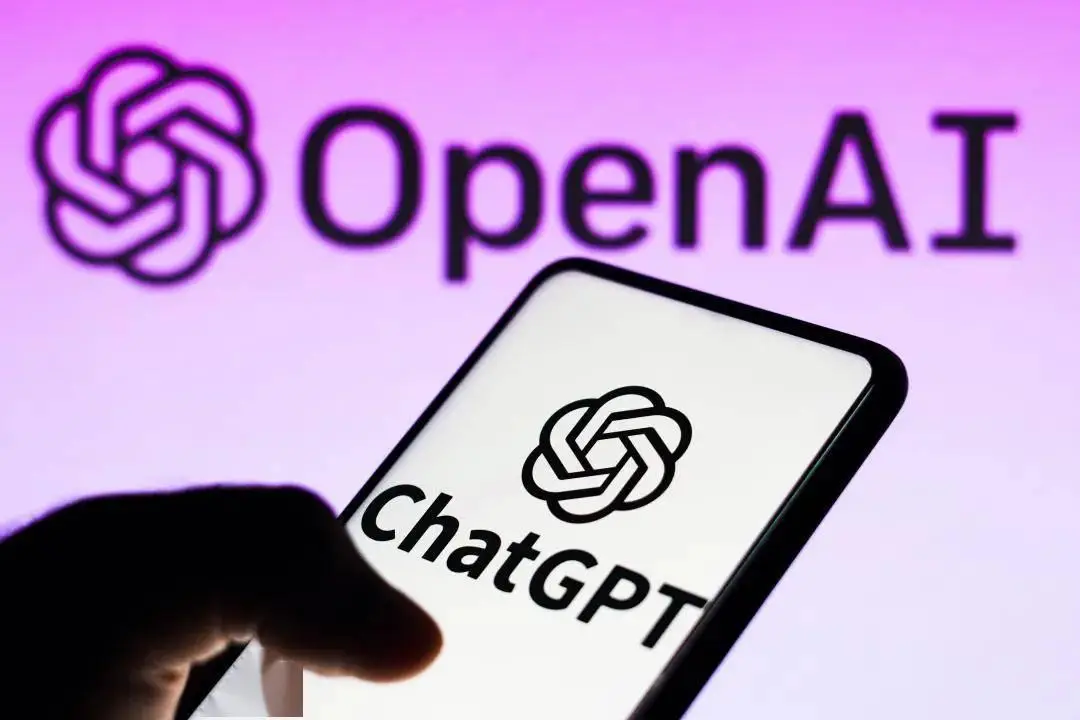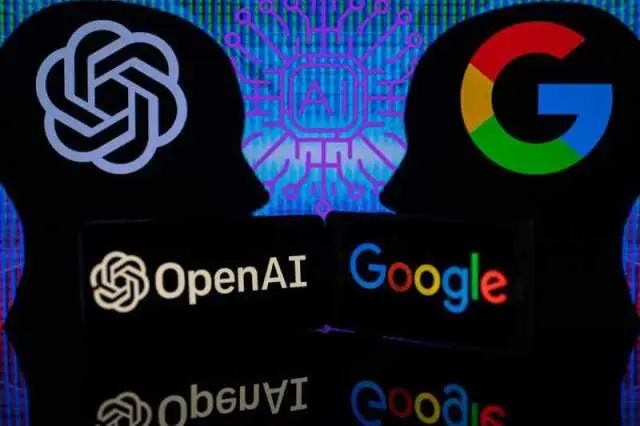GPT-5 is about to be released, and the arrival of OpenAI's latest and most advanced model is generating widespread anticipation.
However, what really set the AI community ablaze was a recent post by OpenAI CEO Sam Altman at X, where he demonstrated the new model's capabilities through real-world conversations, drawing widespread attention.

Altman asked the chatbot, "Which show about AI is the most thought-provoking?"
The bot answered with a resounding yes!
The chatbot then provided a more in-depth analysis than users typically see with GPT-4. This, along with Altman's subsequent response to the user, clearly hinted at a sneak peek at GPT-5.
The depth of this response, and Altman's willingness to share it publicly, strongly suggest that we'll be seeing ChatGPT-5 soon. This preview also confirms previous reports that OpenAI plans to release GPT-5 in mid-August 2025.
According to OpenAI insiders, GPT-5 is expected to have the following features:

- Unified architecture: Combining the intelligence of GPT and the O-series (such as o3)
- Enhanced reasoning, memory, and multimodal capabilities
- Tiered access: Free, Plus, and Pro versions with progressively more advanced features
- Smarter autonomous agent behavior Altman himself confirmed that GPT-5 has already played a significant role in his daily workflow.
On the podcast "This Past Weekend," hosted by comedian Theo Von, Altman shared how the model easily handled a difficult email he had been procrastinating on:
"I felt useless...but the AI just took care of it."
Even OpenAI's CEO has concerns
Despite the excitement, Altman has expressed concerns about the model's capabilities and potential.
In the same podcast, Altman candidly compared the pace of GPT-5's development to the Manhattan Project and admitted to feeling uneasy about the model's power. He also posted on X, reminding users to "be patient with potential glitches and capacity constraints" as OpenAI expands its infrastructure for the upcoming model release.
Why Pantheon prompts are so significant

Altman's TV prompts reveal something deeper: fluid, contextual responses that are remarkably close to human-like. This reminds us that models are increasingly approaching human-like understanding of cultural nuance, emotional weight, and moral grayness.
If this is the true performance of GPT-5, it heralds a future where assistants don't just "answer questions" but also "think."
What it means for ChatGPT users: Clearly, users can expect significant improvements in ChatGPT's ability to handle complex tasks, extended conversations, creative prompts, and real-world decision-making.
This also aligns with OpenAI's focus on building more proactive AI—not just passively responding to commands, but proactively helping users achieve their goals across apps, files, and the web.
This evolution may explain recent updates to features like "Learning Mode," "ChatGPT Agent," and "Custom GPT," all of which are poised to become even smarter with the addition of new models.
Conclusion:
Sam Altman didn't explicitly declare "GPT-5 is live." But the prompts he shared, the model's responses, and recent comments strongly suggest that OpenAI is on the verge of another major leap forward.
If GPT-5 is the machine responsible for recommending TV series, composing emails, and engaging in philosophical debate, it's no surprise that even Altman himself is a bit nervous.




